Do We Need Battery in Spacecraft?
Introduction
In the spacecraft, an extreme environment that lacks oxygen and low temperature, which area of battery used should we more consider? The spacesuit. you can't charge your spacecraft with an extra-long power cord - which is why batteries are clutch for space, powering everything from electric tools and spacesuits to satellites and planetary rovers.
But sending a battery into the cosmos means more than just loading it onto a rocket: batteries must be built to withstand the extreme temperatures of the space environment, and they also have to be packaged so that they don't harm any astronauts if they accidentally explode.
What they need battery in spacecraft?
Many deep-space vessels are equipped with solar panels to power, so most space batteries are used to store energy on spacecraft for use when the sun is out of sight. For example, when these vehicles pass between the planet and the sun temporarily, they will block the sight. The battery is critical to keeping the vehicle energized until the sun reappears. However, the battery also powers the life support system on the astronaut's spacesuit as well as the tools and other portable electronics needed to repair the exterior of the International Space Station.
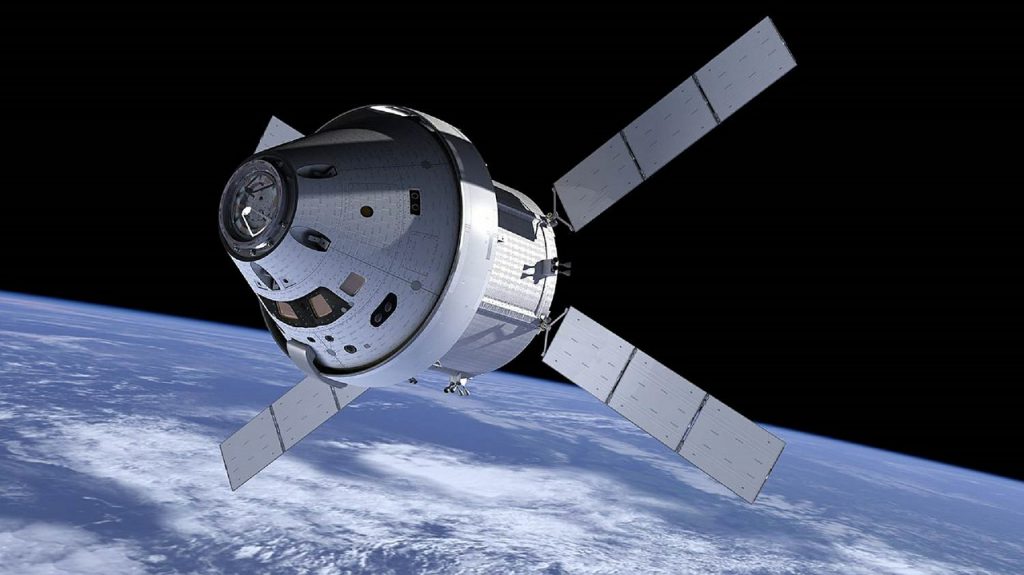
Batteries are essential in human spaceflight, NASA is not only concerned about performance, but also the safety.
The Importance of battery safety
If a battery were to catch fire inside a pressurized capsule, such as the space station, the results could be devastating. Fire inside such an oxygen-rich environment would be literally explosive and “very definitely catastrophic,” Christopher Iannello, an electrical power expert in the NASA Technical Fellows Office, tells The Verge.
“It’s a potential loss of life situation.”
The advantages of lithium-ion batteries are particularly attractive for NASA because these batteries are power-hungry for their predecessors: commercial lithium-ion cells are about three times as powerful as nickel-metal hydride batteries. Lithium-ion batteries also pack a lot of electrical energy into a relatively small and lightweight battery, and every pound is critical due to use for aerospace. The heavier the spacecraft, the more energy, and money will need to launch it into space. Using smaller batteries on space-constrained vehicles can reduce weight and space, allowing for the addition of other, more important instruments. Lithium-ion batteries also last longer than other batteries for spaceflight. The Russian Soyuz capsule, used to transport astronauts to and from the ISS, uses silver-zinc batteries that last only a few months.
The lithium-ion batteries currently powering the life support systems on NASA’s space suits are 11 years old and have barely degraded, according to Darcy.
On top of that, lithium-ion has a great cycle life, meaning they can be charged up and discharged over and over before failing. This is especially important for satellites in low orbits around Earth, which go in and out of sight of the Sun 16 times a day. And to top it all off, lithium-ion isn’t really affected by the high levels of radiation found in the space environment.
Lithium-ion battery with pouch cell
More and more lithium-ion (Li-Ion) applications are utilizing prismatic or pouch cell (soft pack) designs which are an excellent way to reduce weight and cost, as well as optimize packaging efficiency at the battery level.
Learn more about battery
Keep an eye on Grepow’s official blog, and we’ll regularly update industry-related articles to keep you up-to-date on the battery industry.
Grepow: https://www.grepow.com/
Grepow Blog: https://www.grepow.com/blog.html
Related Articles
-
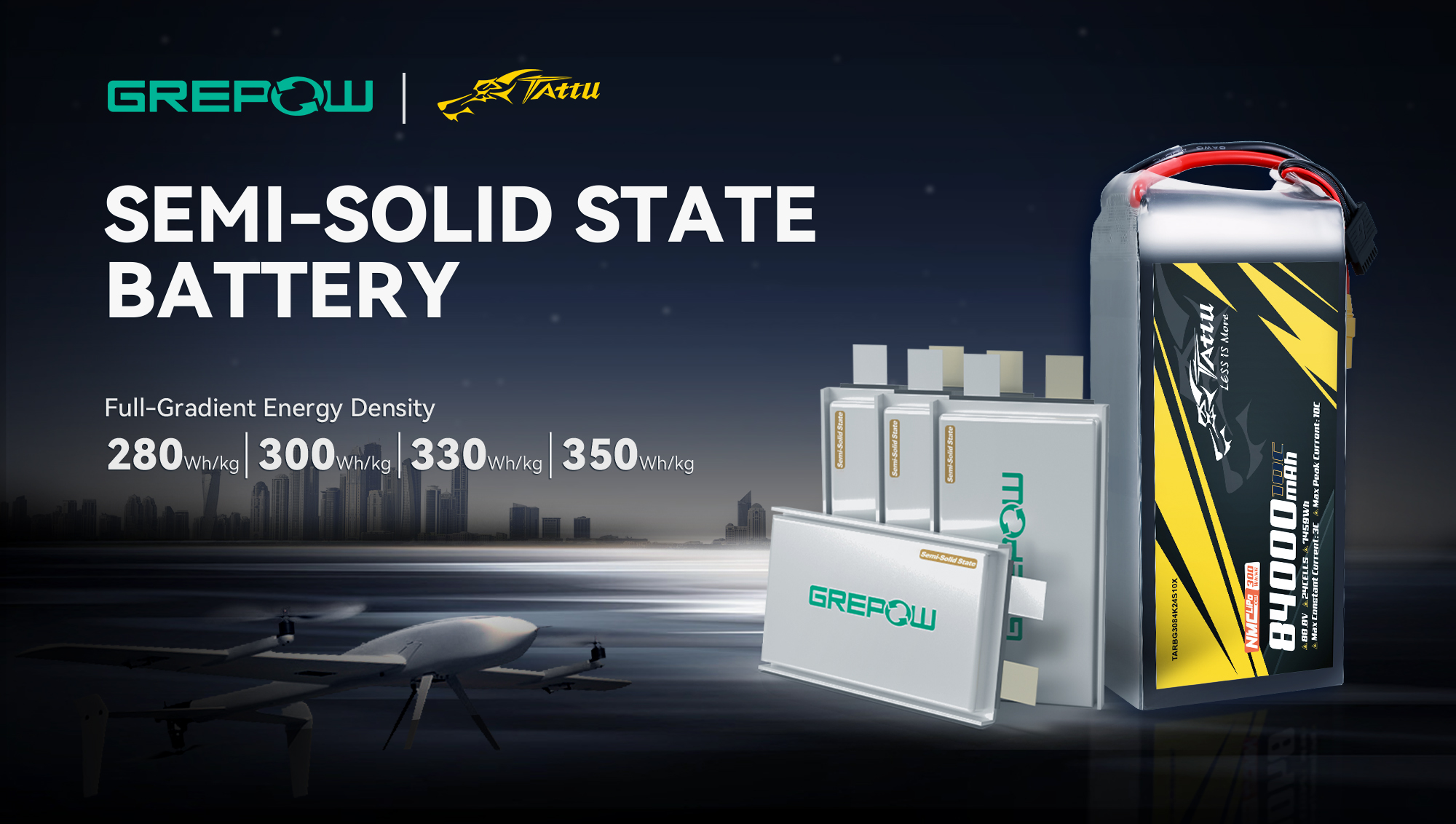
Grepow Semi-Solid Batteries: Four Energy Density Levels and Flexible Customization
2025-03-18 -

What Battery Is Used In Humanoid Robots?
2024-08-30 -
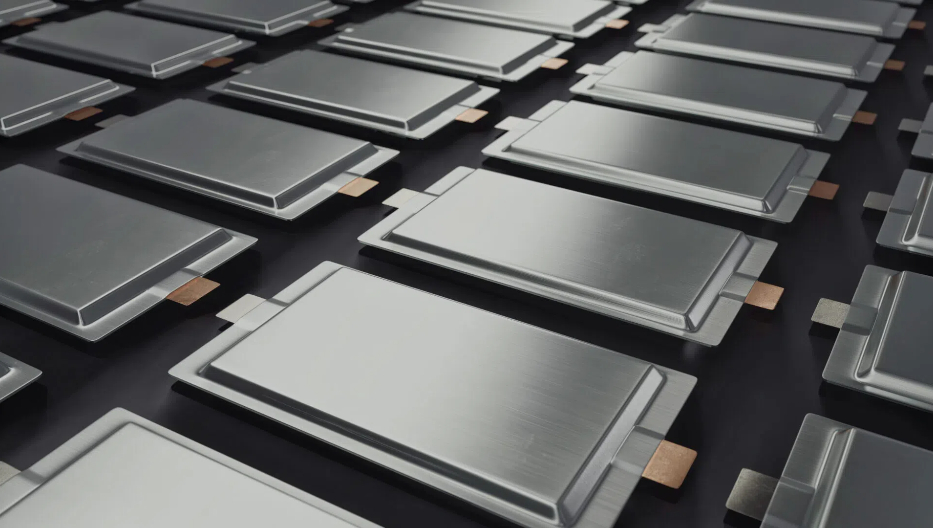
Next-Generation eVTOL Battery Technology
2024-08-22
Related products
-
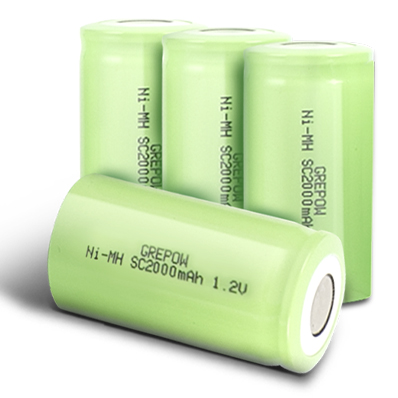
SC Size NiMH Rechargeable Batteries
-

-50℃ to 50℃ Low Temperature Lipo Battery
-
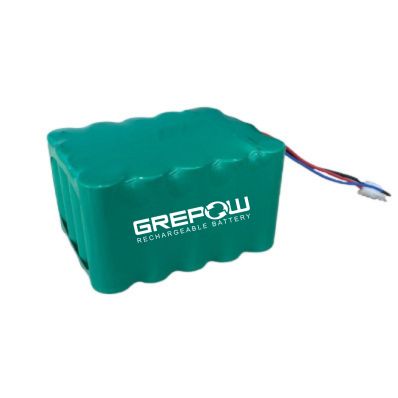
24V 10000mAh Mine NiMH Battery
-
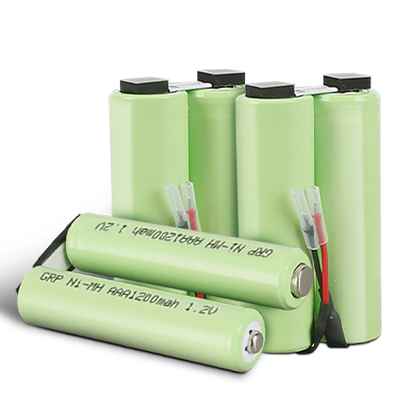
3.6V T-Box Ni-MH Battery
















































